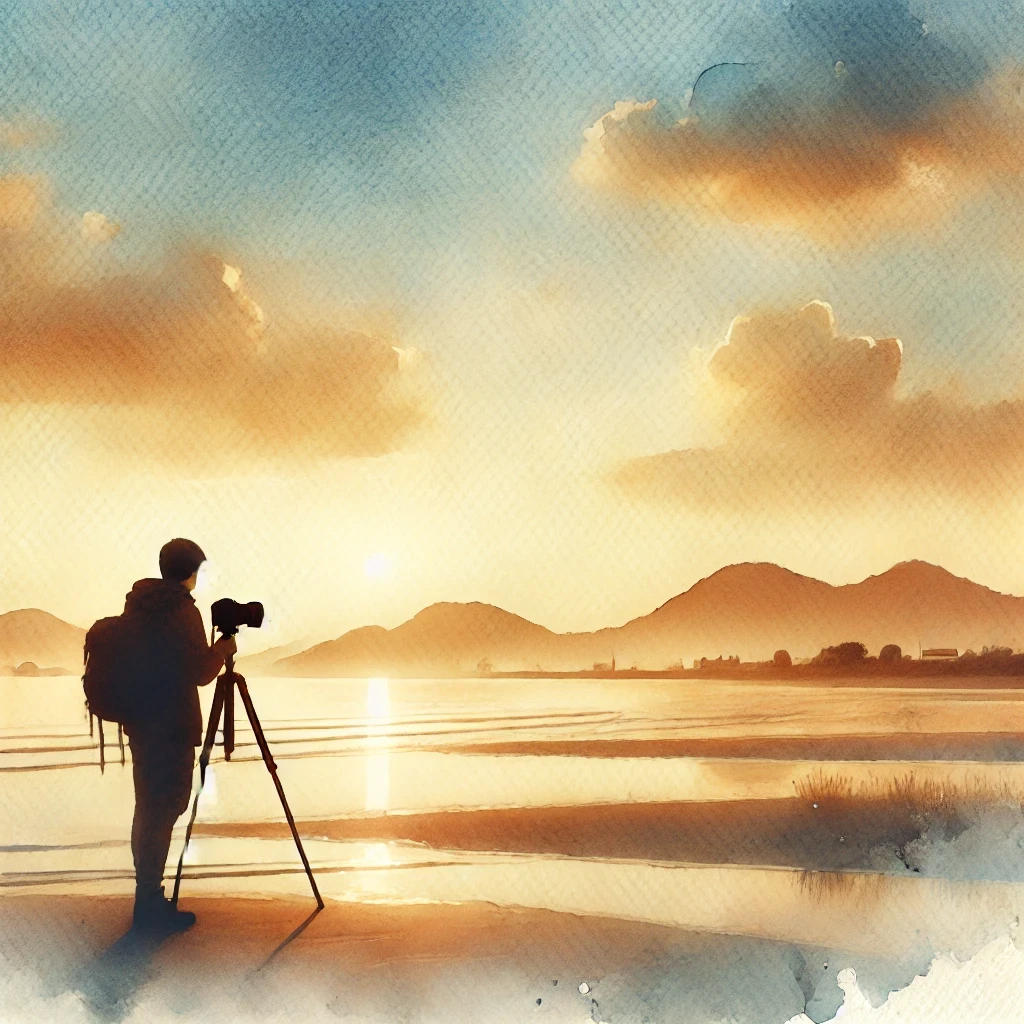The ‘IS’ ness of a Photographer
Martin Wetherill

The legendary American landscape photographer Ansel Adams once said -
‘There are always two people in every photograph The viewer and the photographer’
What he was eluding to was the fact that when we look at any photograph, regardless of the content in it, we are also looking the state of mind and the perception of the photographer, who clicked the shutter on the camera to record that image.
Adams 1902-1984 pioneered American landscape photography, because he spent a lot of his time roaming the untamed country of the American South West. He walked by himself, alone in the wilderness, carrying a heavy tripod and the earliest bulky versions of cameras using Black & White film. This is the pre digital analogue world of film, when you might have at the most 36 exposures on a roll, when you wouldn’t know if the film had been exposed at the right aperture or shutter speed or iso, until you developed it in a dark room, probably a 3 weeks trek away.
In those days every photo you shot counted, unlike today when we can record hundreds of images on an iPhone in one session, and then just delete the ones we don’t like straight after we take them.
His images (they are well worth viewing) show nature in its purest form. There is a sublime uncluttered beauty to his photographs, but to capture them he must have been in a special kind of state. Because his images reveal the quintessence of nature, the Is ness of a high cliff in the Yosemite National Park or a mountain in the Sierra Nevada, or a moon rise over the mesa in New Mexico.
Looking at his photographs I find that they have the power to trip my distracted mind into a state of reverie, of awe, of timeless beauty. What I am feeling when I look at one his photographs is His own ‘Is’ ness, - the state he was in when he recored the image.
Another great photographer of the 20th Century, the enigmatic Frenchman Henri Cartier-Bresson 1908-2004 who pioneered modern street photography. With the advent of the lightweight Leica camera, photographers were freed up to dodge traffic, pedestrians and lampposts, to document not tranquility of nature, but the turmoil of the concrete jungle - the city. The ultra light Leica gave Bresson the mobility to express his ‘Is’ ness behind the camera, recording the human chaos and confusion of the rapidly expanding post modern city life.
Again his images are worth looking at for the simple reason that they nearly all demonstrate his uncanny ability to be in the right place at the right time, to record an amazing image. Documentaries about him in action, show that he almost danced through the streets of Paris in a kind of fluid motion, taking in a 360 degree impression of what was unfolding at any one ‘Decisive Moment’
His philosophy went on to say that -
‘Il n’y a rien dans ce monde qui n’ait un moment decisif’ - There is nothing in this world that does not have a decisive moment -
I believe the moment he is referencing to as a photographer is the ‘Is’ ness of life that you feel behind a camera.
This ‘Is’ ness is the ‘Flow’ state.
Research I have done at the Floweye Institute suggest that one of the many flow triggers is Mindful Photography. Using technology to change behaviour, (As Bo has been saying for years) In this case using your smart phone camera, to trigger the flow state.
This is the subject of a forth coming article on Flowisness, but suffice to say for the moment, that the one thing that the mindful capturing of an image does with a camera, is to bring you back to the timeless ‘Is’ ness of being HERE NOW.